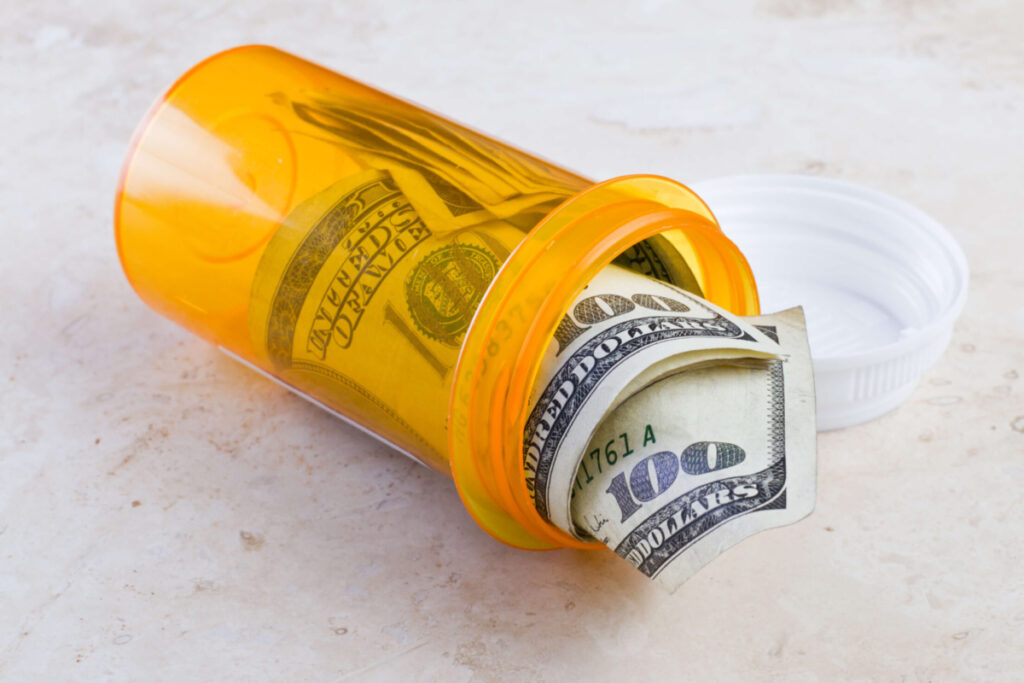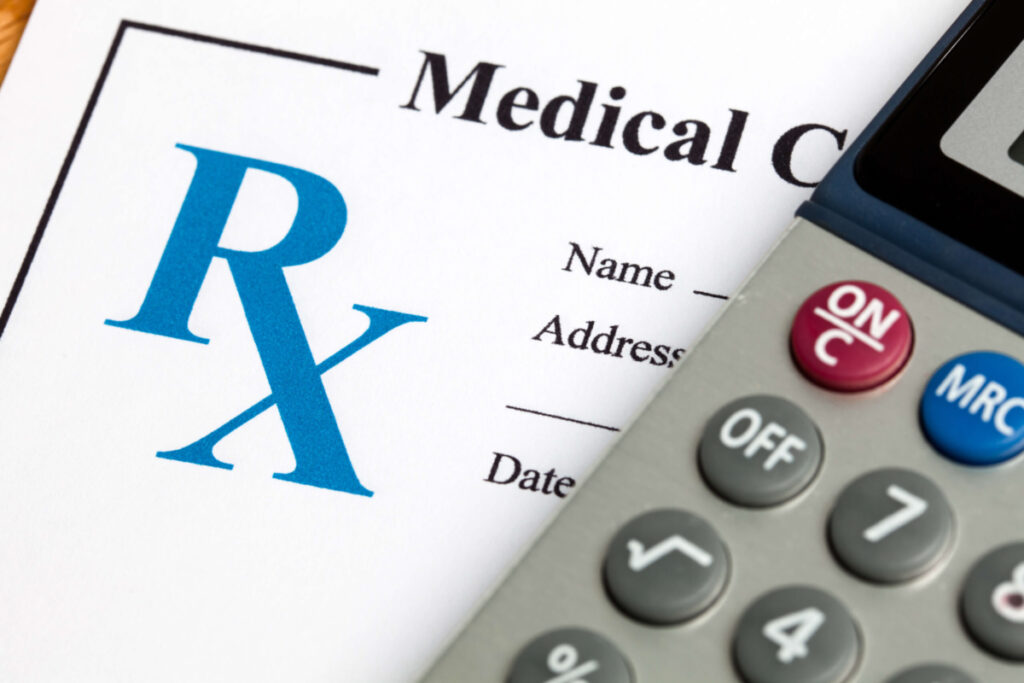How does this model act use reference pricing to reduce prescription drug costs?
The landmark Inflation Reduction Act (IRA) contains several provisions designed to help reduce the costs of prescription drugs. One of the provisions will allow Medicare for the first time to negotiate the cost of several high-cost drugs. The price negotiation process will begin 2023 and Medicare will publish its negotiated price for the first ten drugs by September 1, 2024. Although the list of drugs that will be subject to negotiated prices is not yet known, it is expected that the list will include drugs that are costly to private health insurance plans and state purchasers. This model directs a state to leverage the Medicare negotiated price as the Upper Payment Limit (UPL) for drugs sold in the state. This means that the payment limits set by Medicare will apply to private and public purchasers including ERISA plans that choose to participate.
Isn’t that price fixing?
No. Setting a payment rate in reference to another payer’s price does not dictate what a manufacturer can charge for a drug but it does limit how much purchasers in a state pay for a drug.
This model law is distinguishable from a previous law that unsuccessfully attempted to use international reference pricing to set prices for costly drugs because this approach does not limit a manufacturer’s ability to set their own prices.
Furthermore, because the model act focuses strictly on rates paid by selected purchasers within a state, it does not impact interstate commerce – an issue that led to the demise of Maryland’s 2017 anti-price-gouging law.
For further details on the legal issues, please see a white paper authored by Professor Rachel Sachs with a detailed analysis of the patent law and commerce clause implications of upper payments for a similar model bill related to international reference rates.
How does the Medicare negotiation process work?
The process for selecting drugs and negotiating prices is described in detail in the Inflation Reduction Act. The federal Department of Health and Human Services (HHS) will compile a list of drugs that meet the criteria described in the statute. Negotiations are limited to single-source drugs that (1) are at least 7 years (small molecule) or 11 years (biologic) beyond FDA approval; and (2) account for at least $200 million spend across Medicare Parts B and D. The IRA excludes from negotiation drugs marketed as generic/biosimilar (or biologics with reference biosimilar pending entrance within 2 years), orphan drugs that treat a single rare disease, and plasma products. From those drugs, HHS selects the top 10 drugs in order of highest to lowest spending.
HHS will then review information submitted from the manufacturer and determine a Maximum Fair Price. Manufacturers can accept or propose a counteroffer. HHS then publishes the final Maximum Fair Price, which is binding.
How much will states save on their drug spending if they use this approach?
It is not currently possible to determine the savings that individual states would realize if they referenced the Medicare negotiated rates because neither the drugs nor the prices have yet been determined. However, the savings estimated by Medicare are significant (estimated at $98.5 billion over ten years) and would undoubtedly translate into large savings at the state level. Depending on how long a drug has been on the market, the IRA ceiling price will be capped at 40% to 70% of average manufacturer price.
Is rate setting already in use?
Yes — determining maximum payment levels or payment rates for health care and other public goods is a state practice that has existed for decades. States regulate insurers and other public goods and services in markets with little or no market competition and set payment rates for health services through their public purchasing. This model act extends that precedent to prescription drugs by using Medicare’s negotiated rate as reference points to set fair payment rates.
What about self-funded plans?
This model act creates an opt-in option for ERISA plans. Those plans may elect to participate in order to benefit from savings captured by paying lower rates.
How are savings passed on to consumers?
The model act directs participating plans to utilize savings to reduce costs for their members. Participating plans must submit a report to the Superintendent of Insurance indicating how much they saved by participating and how they passed those savings on to consumers. Self-insured plans that elect to opt-in to the program must also accept these terms as conditions for their voluntary participation.
The state is directed to promulgate rules to guide purchasers how to measure and report savings. In determining how to utilize savings, purchasers are required to consider measures that will promote health equity by addressing disparities across communities.
What about Medicaid?
Because Medicaid is a federal/state partnership subject to unique and complex policies, the model act excludes Medicaid programs. Medicaid programs are already able to access deeply discounted prices for prescription drugs under the Medicaid Drug Rebate Program.
Will pharmacies be penalized if list prices for drugs are higher than payment rates?
The model act protects pharmacies from getting squeezed between payers and manufacturers by prohibiting pharmacies from purchasing drugs at a rate higher than the referenced rate. In addition, pharmacies remain free to charge reasonable dispensing fees.
What about rebates?
Setting a reference rate does not limit rebates or other price concessions negotiated between payers and drug manufacturers. Rebates and other price concessions would certainly continue for drugs that are not subject to reference rates. For high-priced drugs affected by this model act, the rebate mechanism should no longer be necessary — however it is not prohibited.
How is this model act enforced?
Purchasers are subject to a fine of $1,000 for each individual transactions in which payment for a referenced drug exceeds the referenced rate.
What happens if a manufacturer refuses to sell a drug that is subject to a reference rate in the state?
Any manufacturer that withdraws a drug from sale in a state in response to this model act must notify the state 180 days before doing so. The Superintendent of Insurance may assess a penalty on a manufacturer for withdrawing the drug from the state and use the funds — and the advance warning — to ensure continued access to the drug for the state’s consumers. (The IRA also contains strong enforcement mechanisms, including penalties for failure to sell selected drugs at the Maximum Fair Price and an excise tax of 65% for failure to participate in the negotiation process.)
Related Information:



